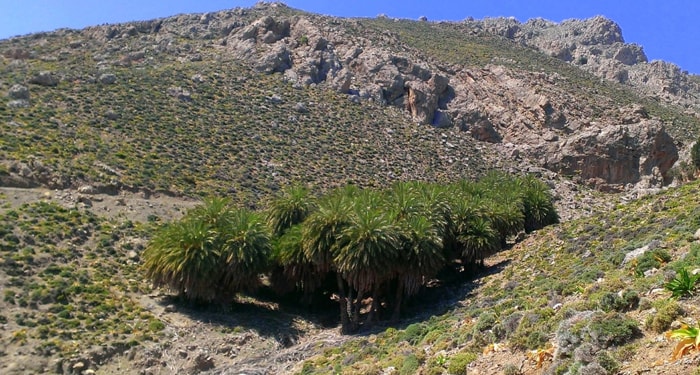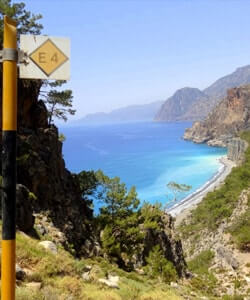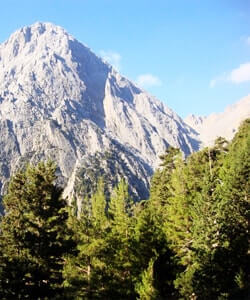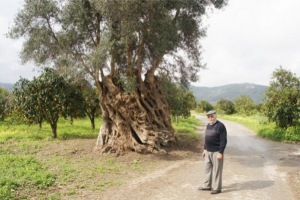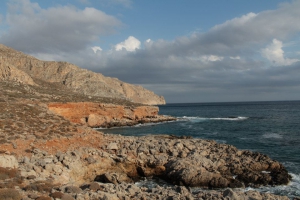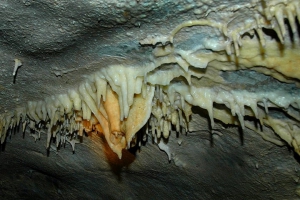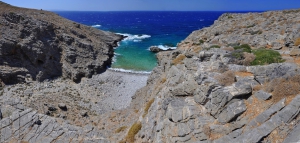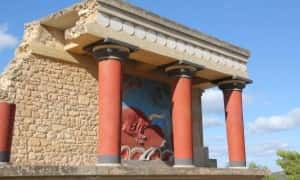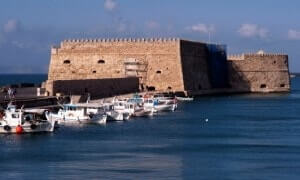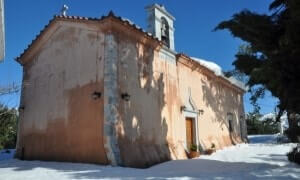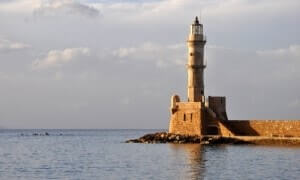The ancient olive Tree of Vatolakkos is grafted onto wild olive subject. Because of its size it has been declared by the Association of Cretan Olive Municipalities as monumental. Access to it is very easy.
If you walk 1 hour east of Vlyhada beach at Livari (by Goudouras), you will soon reach the two deserted beaches of Tihida area. The area is full of caves and takes its name after the wall-like rocks (tihos in Greek) at the small beach, offering shade during summer.
The holm oak wood (Azilakodasos) is located 11km west of Vrachasi and 9km south of Malia, in the foothills of Mount Selena. The small forest can be accessed either by walking the smooth path from Krassi village or by following the trail from Malia that runs uphill. There is also a small network of forest dirt roads in the area.
The Cave Chainospilios is located 200 meters away from the village Kamaraki. The cave is also called Marmarospilios, while many locals call it "Labyrinth". It is a long narrow cave with galleries that are part of an old underground river bed. The cave is still active in most parts. Its length is 200 meters and there is a parallel gallery with a length of 120 meters, which is richly decorated.
If you head west of Papadiokambos settlement, especially on windless days (very rare!), it is worth leaving your car off the road, cross the wire fence and walk 2 minutes to the exit of the gorge starting close to Liopetro area and ending at the beautiful beach of Charkomatas, at position Roussa Limni. You’ll get impressed by the amazing formations of the gorge, shaped by laminated sheets of limestone.
The exit of the gorge Tsigounis is located 1km west of the village Sfaka, Sitia district, on a turn of the main road connecting central Crete to Sitia. The river flowing through the gorge gets its water from the plateau Monokara and is "stingy" (tsigounis means stingy) as it has small quantities of water only in winter.
Near Agia Varvara, at position Plakota Harakia, we meet some very special rock formations, reminiscent of huge round pies or hamburgers. Indeed, the locals call them Gria’ (Old Woman’s) Pies or Cheeses. Next to it there is a very large vertical rock, Votiros.
The spring and the cave of Kormokopos is located northwest of Agios Ioannis, on the east side of the canyon Eligia. The path from Agios Ioannis needs about 1.5 hour. It starts as a beautiful walk through the forest of old pine and cypress trees, and ends, almost suddenly in a wild and imposing landscape.





